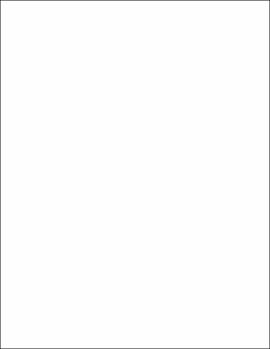| dc.description.abstract | This study was conducted to evaluate the responses of natural insect infestations to selected morphological traits in near-isogenic lines of cotton, Gossypium hirsutum L. Five morphological traits (i.e., okra leaf, nectariless, frego bract, smooth leaf, and glandless) versus the normal check were compared in each of eight genetic backgrounds (i.e., 'Deltapine 16', 'Stoneville 213', 'Auburn 56', 'Delcot 277', 'Coker 310', 'Coker 201', 'TH 149', and Pee Dee 2165). Replicated experiments were conducted under irrigation and without insecticide applications at two locations in Oklahoma for 3 years. Cotton fleahoppers, Pseudatomoscelis seriatus (Reuter); eggs and larvae of the bollworm, Heliothis zea (Boddie); and bollworm-damaged squares were counted. In most cases, interactions of morphological traits X genetic backgrounds were not significant for insect response. The smooth-leaf trait reduced cotton fleahopper populations by 54% compared with normal cotton when averaged over years, locations, backgrounds, and sampling dates. Frego bract increased fleahopper numbers by 64% over the same variables compared to normal cotton. The okra-leaf, nectariless, and glandless traits occasionally influenced fleahopper infestations, but a consistent pattern was not discernible. Probably as a result of relatively mild bollworm infestations, no significant differences between morphological traits and normal cotton were detected for bollworm-damaged squares or for bollworm larvae. Smooth leaf did suppress, to some extent, bollworm oviposition; but the other morphological traits appeared to have little effect on oviposition of that insect. | |
